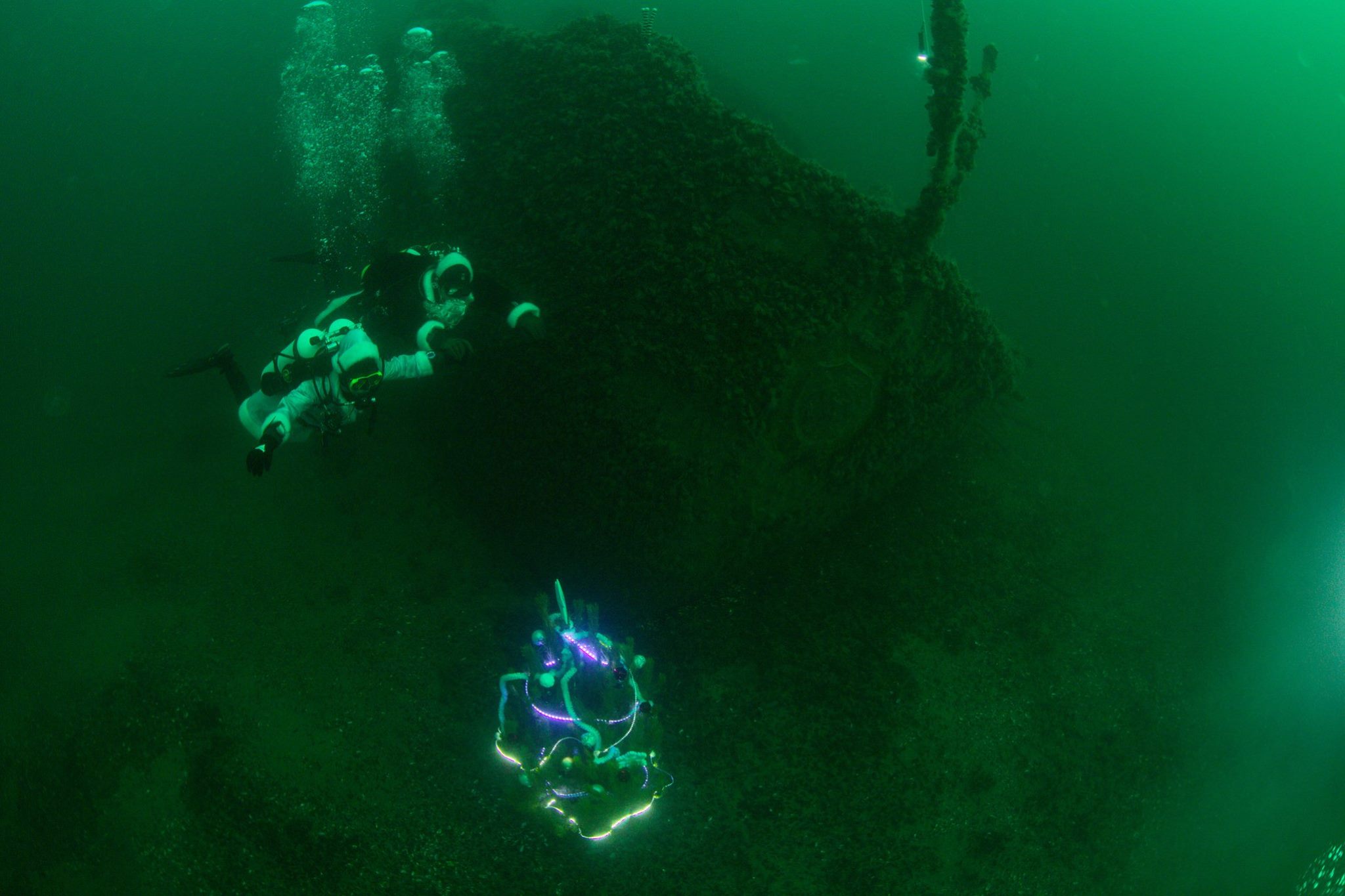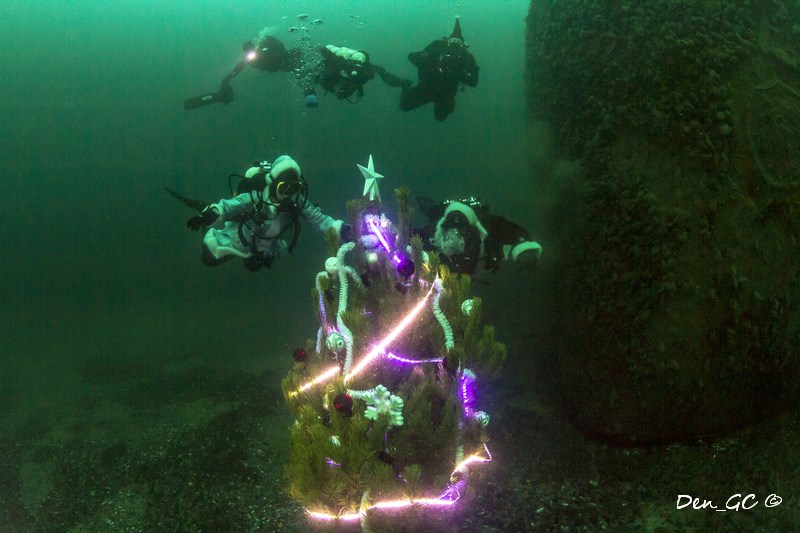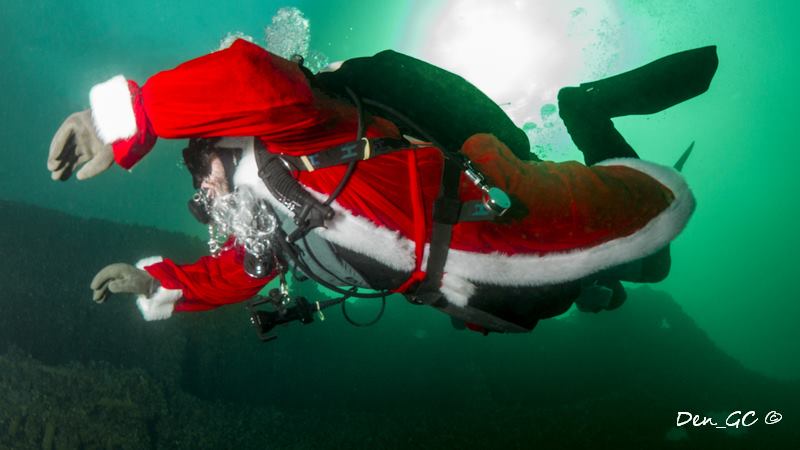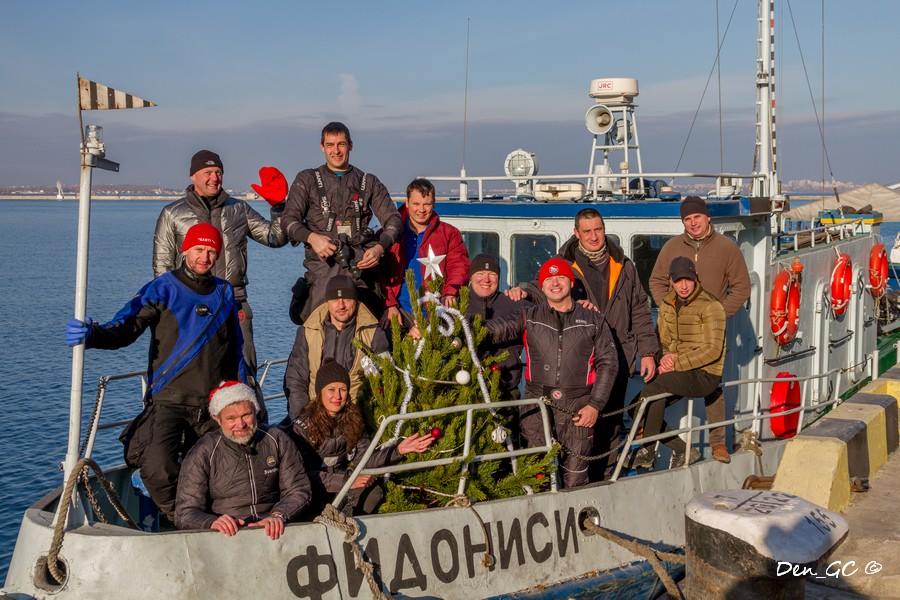User blogs
Tag Search
Tags
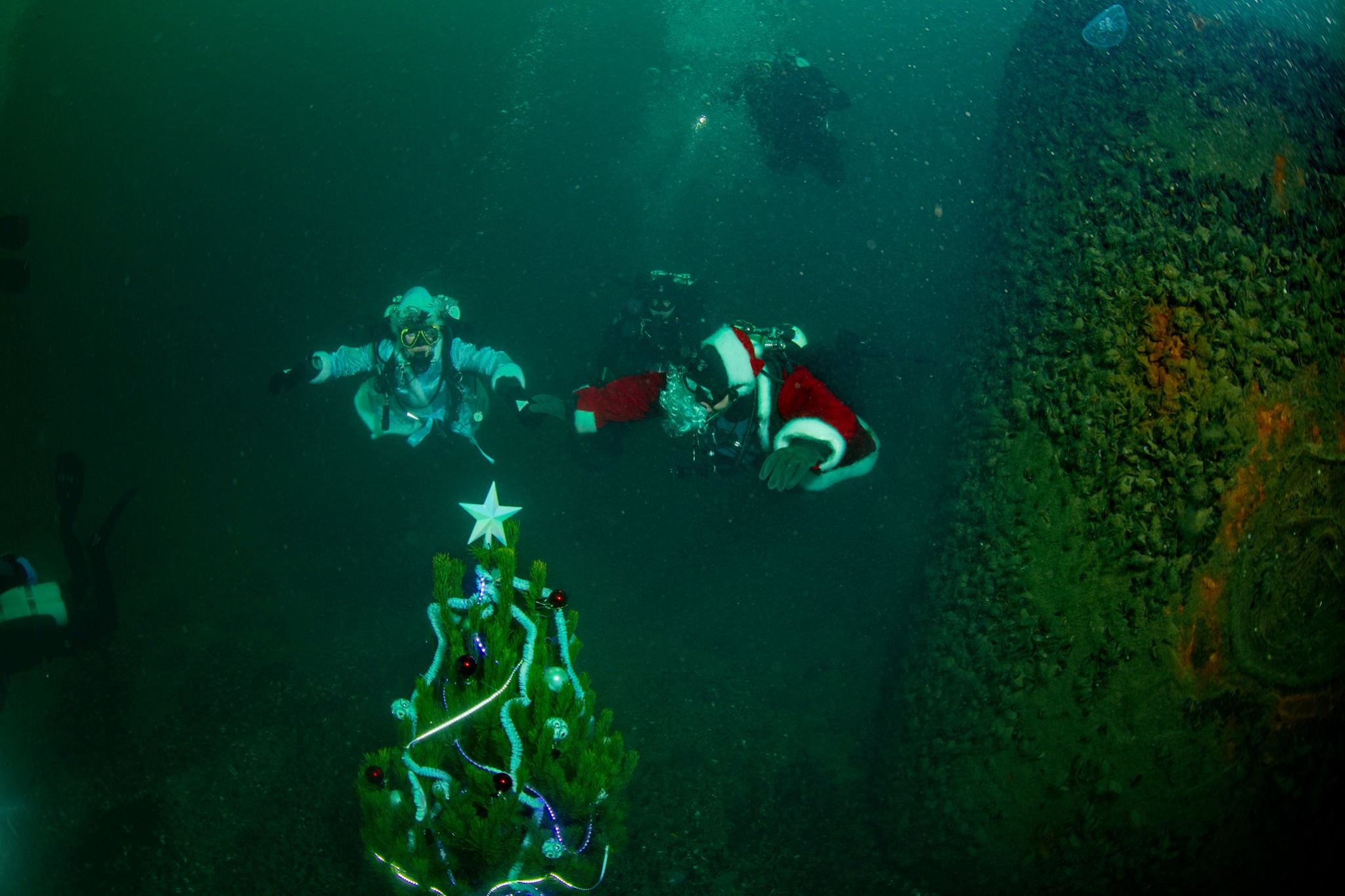
Over the last decade setting up an underwater Christmas
tree became a tradition in several Eastern European diving communities. This
season divers placed these as far as Vladivostok, Russia, as deep as 100ft (in
Dnepropetrovsk, Ukraine) and as cold as under the ice.

An interesting underwater Christmas tree was placed at the bottom of the Black
Sea in Odessa, Ukraine. The city is well known among tourists but not that
famous as a diving destination due to relatively cold water, unstable weather
and challenging diving conditions. However those who are comfortable with dry
suits and wreck penetration can find several amazing dive sites there.
The most popular shipwreck in the area is a Romanian
transport "Sulina". Sunk during WWII, it still is in great shape and
is usually chosen by local divers as a place to celebrate "Underwater New
Year". This year they decided to put the tree near the wreck's stern as it's a very picturesque spot and it's easy to avoiding too much silting there.
The team included 10 regular divers, one underwater Santa
and his granddaughter (the Slavic equivalent of Santa usually travels with his
granddaughter who helps him during the busy holiday season). The Christmas tree
was about 5 feet tall, decorated with proper Christmas tree toys and lights
(two independent custom designed sets as all technical diving courses teach
:)). Visibility was fantastic, the day was clear and sunny so photographers and
videographers managed to get some awesome shots for us to enjoy.
Let's wish this team all the best in 2016 and hope to see
more interesting dives from them!

In a bizarre stroke of luck, a boy from Vienna, Austria managed to fish out a sizable treasure from the River Danube: €100 and €500 banknotes totaling a whopping €100,000!
The boy apparently noticed the notes from afar, and jumped right into the icy cold water to retrieve them. Passersby, worried that he was attempting suicide, immediately notified the police, who arrived at the spot just as the boy was coming out with the money. They later dried the soggy notes using a clothes dryer, giving rise to cheeky puns over ‘money laundering’.
At first, police thought the €100,000 were fake, and thrown in the river as a prank, but upon closer inspection, they realized the banknotes were genuine.
A police spokesman said: "The boy said he wanted to bring it to the police, but the question is whether the police found it or the boy,"
In Austria, anyone who finds cash and hands it in to police can claim between five and 10 per cent of the sum.
Source: Evening Standard
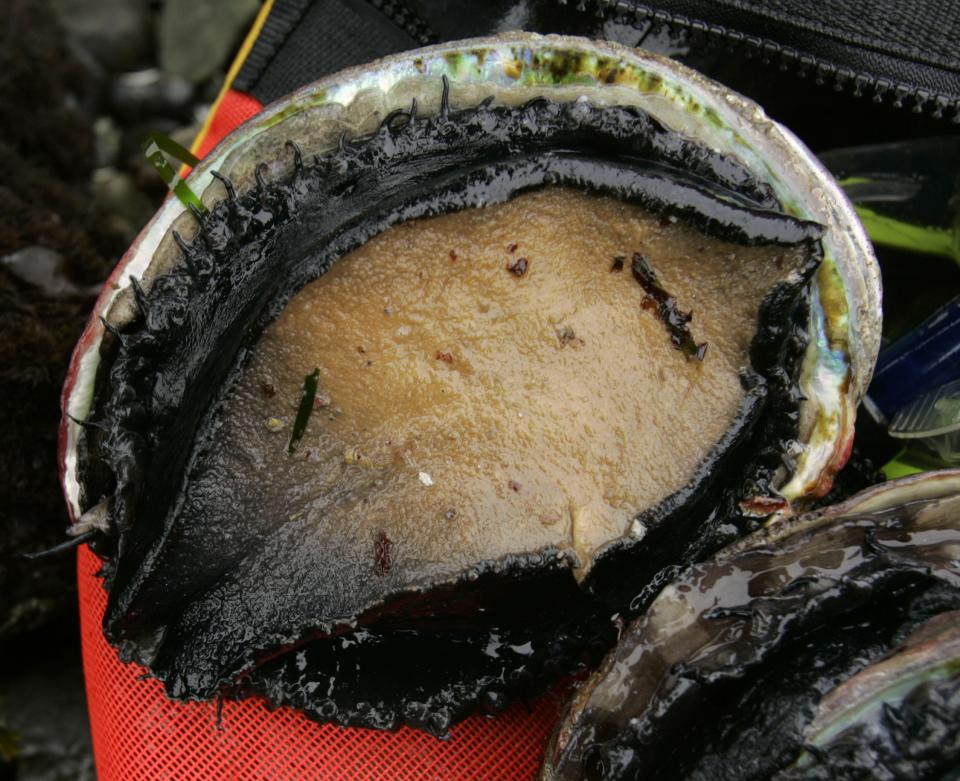 Eric Stine, 58, was reported missing by a diving friend on Saturday.
Eric Stine, 58, was reported missing by a diving friend on Saturday.
According to authorities his body was discovered Sunday in the surf in Manchester State Beach, 140 miles north of San Francisco.
Stine becomes at least the ninth person to die in Northern Cali while diving for abalone this season, which started April 1 and ended November 30. Six divers have died in coastal Mendocino County alone.
Source: Yahoo!
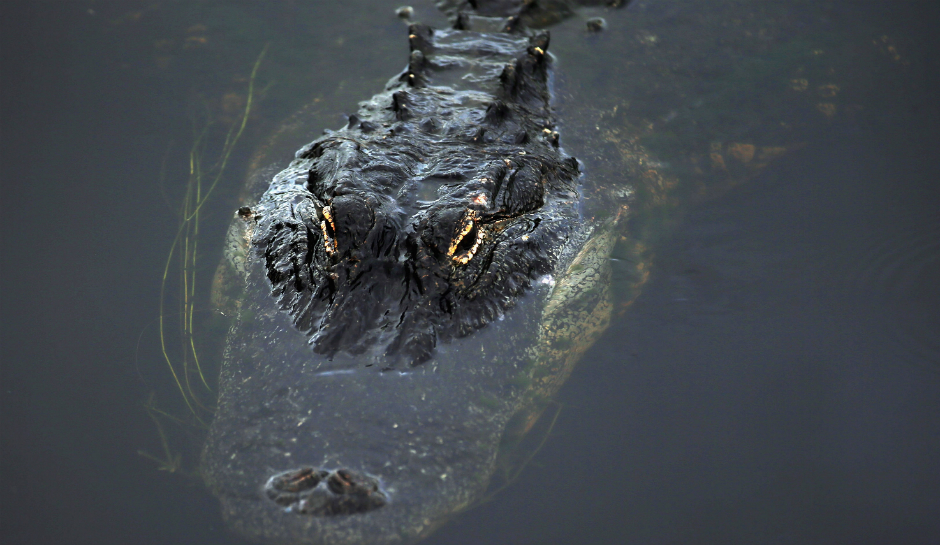
A 12-foot alligator is said to be responsible for the gruesome death of 61-year-old James Okkerse and authorities still remain mum about what park officials did or did not do leading up to the tragic incident, a report from the Orlando Sentinel said. Okkerse’s lifeless, partially eaten body was discovered October 19 at Blue Spring State Park in Orange City, Florida, an official with the Florida Fish and Wildlife Conservation Commission revealed.
This is the first time a person has died from an attack by an alligator in
Florida since 2007. Before the incident, the FWC recorded 22 fatal alligator
attacks in the state since 1948. In the same time period, there have been 338
nonfatal alligator attacks, the Orlando Sentinel wrote. Okkerse’s death marks
the end of the state’s longest recorded period without a fatal alligator attack.
More details: http://or-politics.com/news/james-okkerse-12-foot-alligator-kills-devours-61-year-old-man/132420/

There is no other event in the world that brings together the entire dive and travel industry from coast-to-coast like DEMA Show. No better place to be if you want to be up to date with what's going on in the diving world.
Get to Orlando to check it out or follow more news from there! More details at www.demashow.com
WORLD WAR II AIRPLANE GRAVEYARD

Exploring one plane wreck is good — but 150 is better. That’s what awaits divers in the Pacific Ocean’s Marshall Islands, where more than 150 WWII aircraft were found in 130 feet of water. “They should have flown more, lived longer, but they were sunk in perfect condition,” Brandi Mueller tells guns.com. She discovered the site while diving of the coast of Roi-Namur in May 2015. Although this site is called a “graveyard,” these planes did not crash — rather they were pushed of a reef and into the ocean after the war.
SÃO JOSÉ-PAQUETE DE AFRICA
Lost off the coast of Cape Town, South Africa, in 1794, this Portuguese slave ship drew the attention of researchers who spent years searching for it — recently, the authenticity of the São José-Paquete de Africa was confirmed by the Slave Wrecks Project, which educates the public about the global slave trade. Now over 200 years old, the São José-Paquete de Africa sank after it ran into submerged rocks about 300 feet from shore, killing more than half of the 500 enslaved people on board, while it was on its way from Mozambique to Brazil. Surviving slaves were sold shortly after the tragic wreck incident. Divers can also explore nearby reefs.
USS INDEPENDENCE
After more than 60 years on the bottom, the “amazingly intact” USS Independencehas been discovered of California’s Farallon Islands, though its depth — 2,600 feet — makes it undivable. Using an autonomous underwater vehicle and a 3-D-imaging sonar system, researchers created a detailed image of the 623-foot vessel.Independence was an American aircraft carrier during World War II; it was a target ship in atomic bomb tests at Bikini Atoll.
NELSON
Two hundred feet down on Lake Superior’s bottom lies a 115-year-old ship with its name still legible — Nelson. Found intact, the 199-foot three-masted schooner sank during a storm in 1899 while transporting coal to Michigan’s Keweenaw Peninsula. While conducting a side-scan sonar search of the area, Great Lakes Shipwreck Historical Society researchers discovered the wreck in August 2014.
Source: www.scubadiving.com
